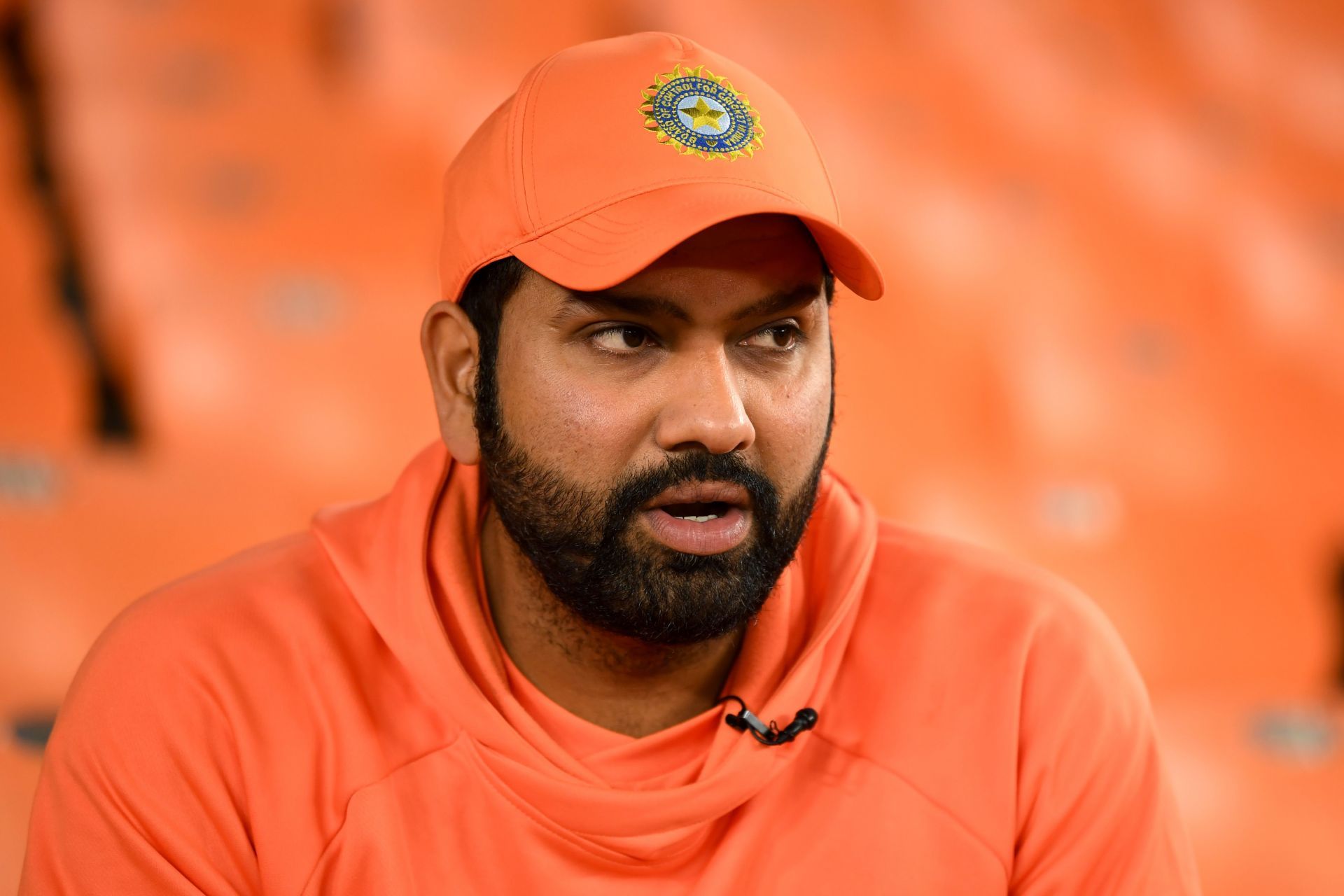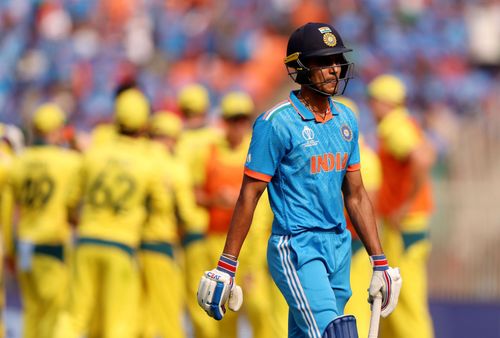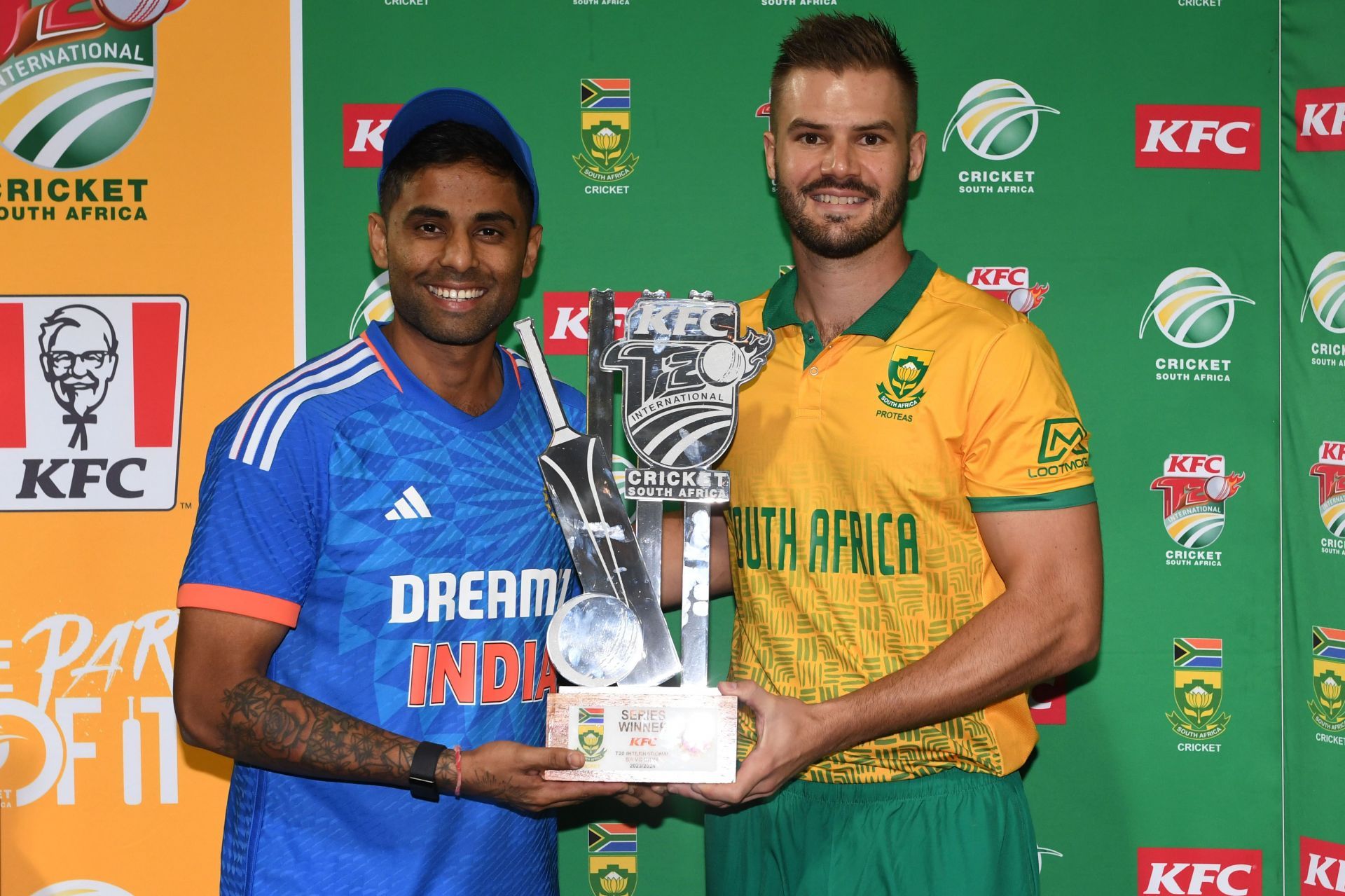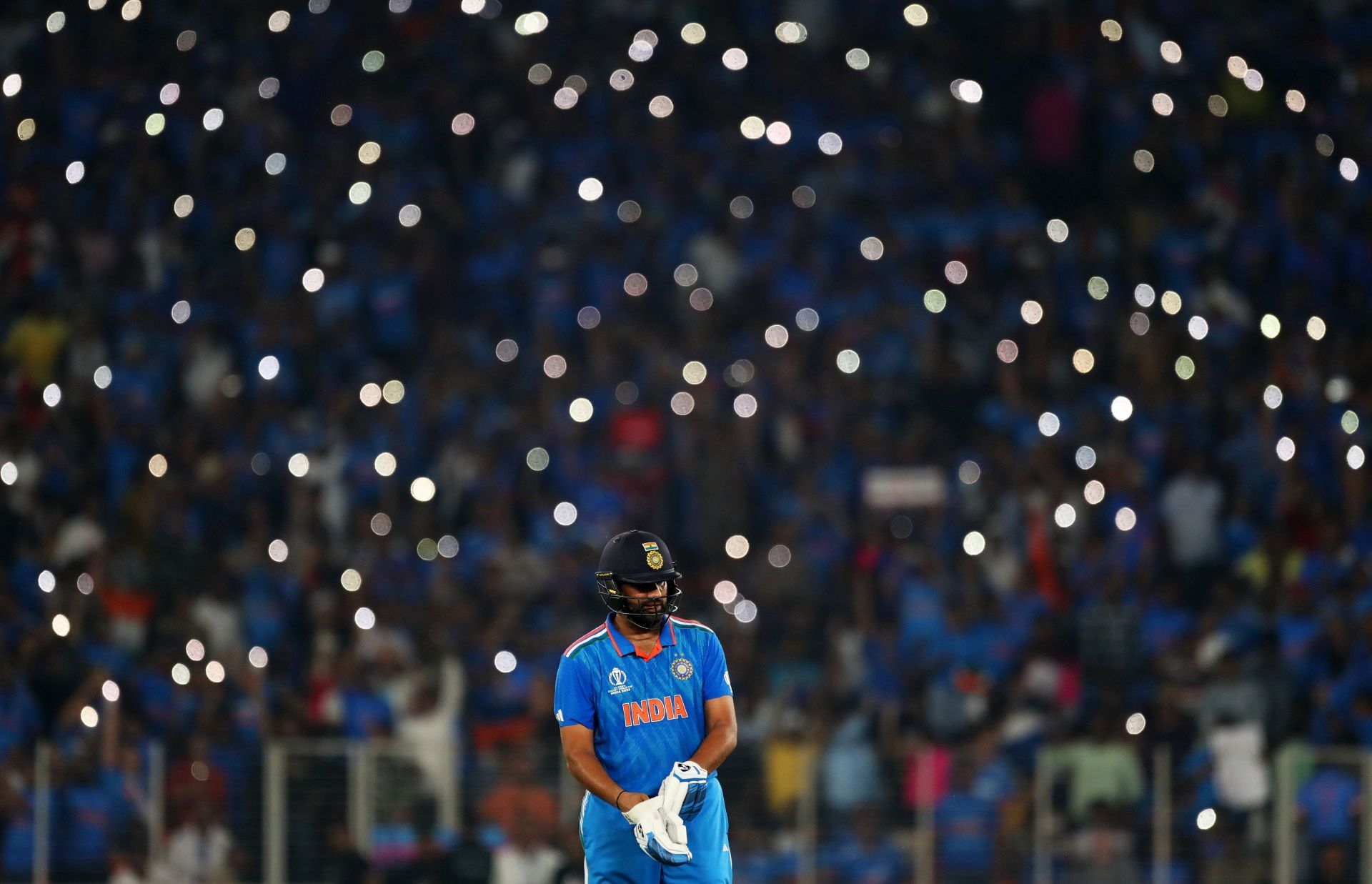
3 reasons why India made the right call by picking Rohit Sharma in the T20I squad vs Afghanistan
Team India made a controversial call while picking their squad for the upcoming T20I series against Afghanistan as Rohit Sharma returned to the fold after more than a year in the wilderness in the format.
Rohit has been appointed as the skipper for the series as the Men in Blue continue to build towards the 2024 T20 World Cup. The decision has been met with plenty of criticism, with many fans believing that it is a step in the wrong direction.
That line of thinking is perfectly understandable. Not only has Rohit been a catastrophic failure at the top of the order in both T20Is as well as the Indian Premier League (IPL) for several years now, but he is also closer to 40 than 30.
India seemed to be moving in a different direction under Hardik Pandya, and it seems like they're back to square one. However, things might be different this time around. Even if the selection wasn't one necessarily based on merit, there are a few factors that are in favor of the veteran opener's inclusion.
Team India's squad for the Afghanistan T20Is: Rohit Sharma (c), Shubman Gill, Yashasvi Jaiswal, Virat Kohli, Tilak Varma, Rinku Singh, Jitesh Sharma (wk), Sanju Samson (wk), Shivam Dube, Washington Sundar, Axar Patel, Ravi Bishnoi, Kuldeep Yadav, Arshdeep Singh, Avesh Khan, Mukesh Kumar.
Here are three reasons why India made the right call by picking Rohit Sharma in the T20I squad against Afghanistan.
#3 Shubman Gill hasn't been impressive in T20Is

Yes, Shubman Gill has never been given a consistent run of games to make an impression in T20Is, with India focusing on the 50-over format throughout 2023. That isn't the youngster's fault, but the truth of the matter is that he hasn't been able to nail down a spot.
Gill did have a prolific IPL campaign where he finished as the runaway winner of the Orange Cap, but there are a few questions over his adaptability. When the conditions have been tough for batting, he hasn't been able to produce the goods.
In contrast, Yashasvi Jaiswal has made impressive contributions at the top and seems to be a more complete player in the shortest format right now. The left-hander has arguably nailed down one position, but the other is still up for grabs.
Had Gill done enough to solidify his spot, the scenario would've been different. But the 24-year-old hasn't, despite the century he scored last year, and bringing back Rohit has probably been done keeping that in mind.
#2 India were without a captain for the Afghanistan T20Is

Ever since the conclusion of the last T20 World Cup, India have attempted to move towards younger players at the helm. Hardik Pandya has led the side when fit, with Suryakumar Yadav stepping in for the last few assignments since the former's ankle injury.
However, for the upcoming Afghanistan series, India are without any established leaders. Hardik and Suryakumar are missing from action, and the vice-captains of the last series - Shreyas Iyer and Ravindra Jadeja - haven't been picked either.
The transition from Rohit hasn't been convincing, not only at the top of the order but in the captaincy department as well. Given that, India might be justified in wanting to place their faith in a skipper who led them well to the final of the 2023 World Cup.
Rohit has proven himself as a white-ball leader recently, and giving him another chance might not be the worst thing in the world.
#1 Rohit Sharma's recent white-ball form has been encouraging

Rohit Sharma's T20I numbers don't make for pretty reading, especially in the T20 World Cup, and his IPL returns have been even worse. However, the version of the opening batter that currently exists is arguably one that has never been seen before.
Throughout the 2023 World Cup, Rohit adopted an aggressive approach against both pace and spin, often ending up with strike rates that wouldn't look out of place in a T20 game. The 36-year-old played his shots right from the outset in a clear revamp of his white-ball game.
While Rohit won't have as much time in T20s, with the powerplay lasting just six overs and the innings just 20 overs in total, there have been enough indications that his approach could play a big role in turning his career around in the format. He has managed to marry attacking intent with consistency in 50-over cricket, and the same could follow in T20s as well.